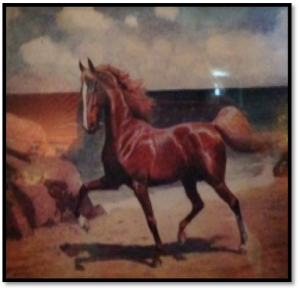This is the fourth post in The Junto’s roundtable on the Black Atlantic. The first was by Marley-Vincent Lindsey, the second was by Mark J. Dixon, and the third was by Kristin O’Brassill-Kulfan. D. S. Battistoli is a rural development practitioner, working in West Africa and the Caribbean. He holds a B.A. in English literature from Binghamton University, and, since 2011, has more than a thousand days’ field experience among the Saamaka Maroons of Suriname, first as a Peace Corps Volunteer, and later independently.
 Cynthia McLeod’s Hoe Duur Was De Suiker, published in 1987 in the middle of Suriname’s Interior War, was the country’s first bestselling novel and a sort of foundational myth for the Creole population of the country.[1] The book takes its name from Voltaire’s famous rejoinder from Candide, “C’est à ce prix que vous mangez du sucre en Europe.”[2] The plantation colonies of the Caribbean took turns being the richest, and also the most violent and exploitative toward the blacks who produced the wealth; for much of the eighteenth century, the distinction belonged to Suriname. Continue reading
Cynthia McLeod’s Hoe Duur Was De Suiker, published in 1987 in the middle of Suriname’s Interior War, was the country’s first bestselling novel and a sort of foundational myth for the Creole population of the country.[1] The book takes its name from Voltaire’s famous rejoinder from Candide, “C’est à ce prix que vous mangez du sucre en Europe.”[2] The plantation colonies of the Caribbean took turns being the richest, and also the most violent and exploitative toward the blacks who produced the wealth; for much of the eighteenth century, the distinction belonged to Suriname. Continue reading
